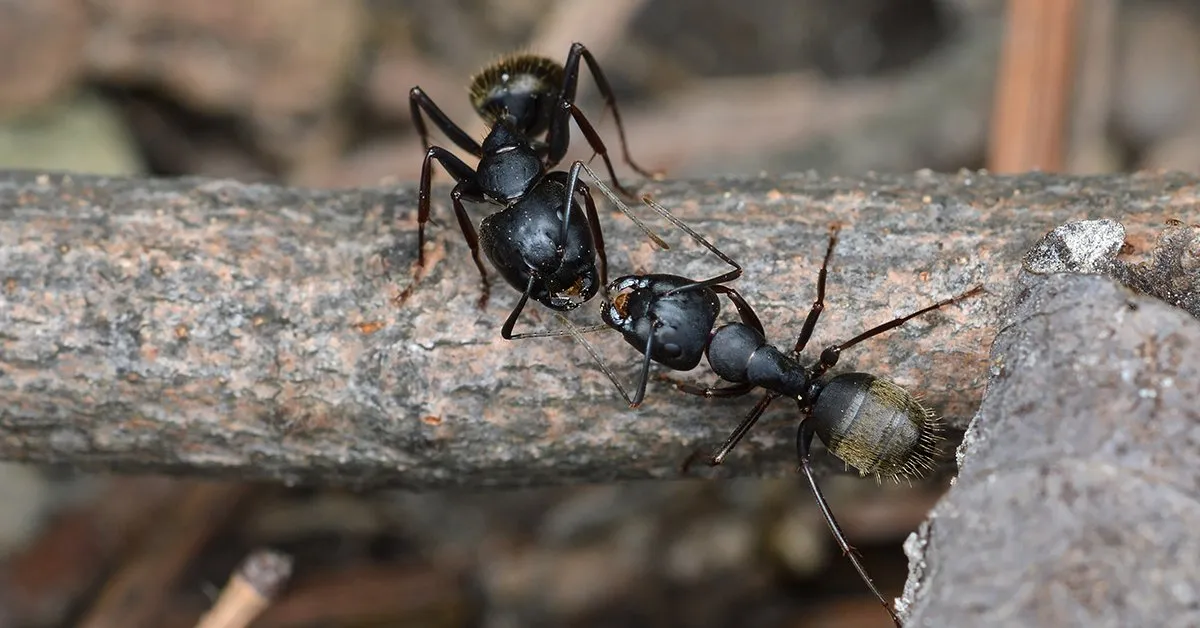Owning a tarantula can be a fascinating experience, offering a glimpse into the world of these captivating arachnids. However, tarantula owners must be vigilant about potential threats to their pets, and one of the most common is the unassuming ant. Ants, while seemingly harmless, can pose significant dangers to tarantulas, potentially leading to stress, injury, and even death. Understanding the nature of this conflict and implementing preventative measures is crucial for the health and well-being of your spider. This guide will explore the conflict between ants and tarantulas, providing valuable insights and practical solutions to protect your cherished pet.
Understanding the Ant-Tarantula Conflict
The relationship between ants and tarantulas is primarily antagonistic. Ants, being opportunistic scavengers and predators, often view tarantulas as a potential food source or a competitor for resources. This can lead to direct attacks, habitat disruption, and the transmission of diseases. The size and vulnerability of tarantulas, especially during molting, make them susceptible to ant attacks. A tarantula’s defense mechanisms, such as urticating hairs and venom, are not always effective against a determined ant colony. Therefore, proactive measures are necessary to minimize the risk of ant infestations and protect your tarantula.
The Dangers Ants Pose to Tarantulas
The dangers ants pose to tarantulas are multifaceted, impacting their physical health, behavior, and overall well-being. Ants are not merely a nuisance; they can inflict direct harm and create an environment that is detrimental to a tarantula’s survival. Understanding these dangers is essential for implementing effective protective strategies. These include direct attacks, competition for resources, disease transmission, and stress and habitat disruption. By recognizing and addressing these threats, you can create a safer and healthier environment for your tarantula.
Direct Attacks and Bites
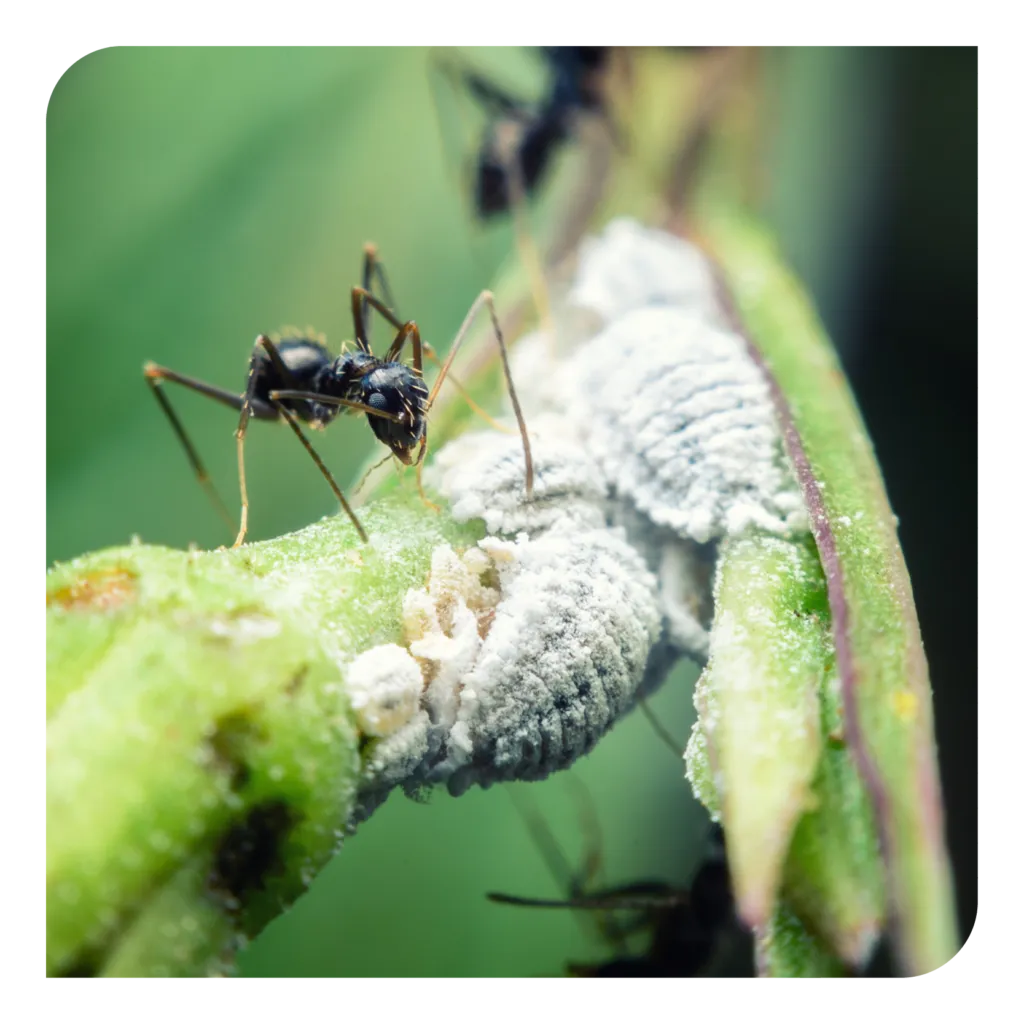
Ants can directly attack tarantulas, particularly when they are molting, vulnerable, or confined. Their bites, though small individually, can be numerous and irritating, causing pain and stress to the spider. In some cases, the bites can lead to infection if the wound is not properly cared for. Certain ant species, such as fire ants, have potent venom that can be particularly dangerous. Even seemingly small or harmless ants can swarm a tarantula, overwhelming it and causing injury. Regular observation is crucial to detect early signs of an ant attack and intervene promptly to prevent harm to your tarantula.
Competition for Resources
Ants compete with tarantulas for food and water resources. They are attracted to the same food sources, such as leftover prey, and can quickly consume or contaminate the food intended for the tarantula. This competition can lead to nutritional deficiencies and make it difficult for the tarantula to thrive. Ants may also contaminate the water source, potentially spreading diseases. By keeping the habitat clean and regularly removing any uneaten food, you can minimize this competition and ensure that your tarantula has access to the resources it needs to stay healthy.
Disease Transmission
Ants can act as vectors for diseases, carrying pathogens from one place to another. If ants come into contact with contaminated substances, they can then transmit these pathogens to your tarantula’s habitat, increasing the risk of infection. This is particularly dangerous for tarantulas, as they are susceptible to certain fungal and bacterial infections. The ants themselves may not directly harm the tarantula, but they can create a breeding ground for harmful microorganisms. Therefore, preventing ant infestations helps minimize the risk of disease and protect your tarantula’s health.
Stress and Habitat Disruption
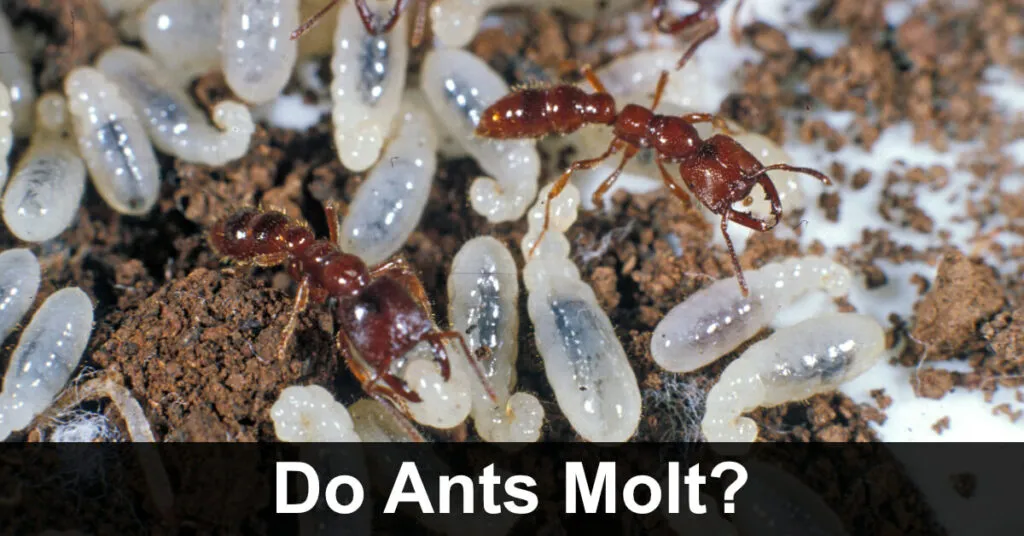
The presence of ants can cause significant stress and disrupt the tarantula’s habitat. The constant activity of ants can make the tarantula feel threatened, leading to changes in its behavior such as hiding more often, refusing to eat, or becoming aggressive. The ants may also disrupt the substrate and other components of the habitat, making it less comfortable for the tarantula. A stressed tarantula is more susceptible to illness and less likely to thrive. Maintaining a peaceful and stable environment is essential for the tarantula’s well-being, and preventing ant infestations is an important step in achieving this.
Identifying Ant Infestations
Early detection of ant infestations is crucial for preventing damage to your tarantula and its habitat. Regular observation and vigilance are key to spotting signs of ant activity before the problem escalates. By knowing what to look for, you can take prompt action to eliminate the ants and protect your spider. This includes signs of ant activity and observing your tarantula. Regular inspections of the enclosure will help identify any potential problems and allow you to take action quickly.
Signs of Ant Activity
The most obvious sign of an ant infestation is the direct sighting of ants in or around the tarantula’s enclosure. Look for ant trails leading to and from the habitat, often along the sides of the enclosure or across the substrate. Small piles of ant debris, such as discarded food particles or dead insects, can also indicate ant activity. Any unusual movement or activity within the enclosure, especially near food or water sources, should raise suspicion. Early detection of these signs is critical for quick and effective control measures.
Observing Your Tarantula

Observe your tarantula’s behavior for signs of stress or discomfort, which can indicate an ant problem. Look for changes in its activity levels, such as increased hiding or decreased feeding. Check for any physical signs of bites or irritation, such as redness or swelling. If your tarantula seems agitated, is constantly moving around, or is trying to escape its enclosure, ants may be the cause. Regular observation of your tarantula is an essential part of responsible pet ownership, and it will help you detect and address any issues promptly.
Preventing Ant Infestations
Prevention is always better than cure, and this is especially true when it comes to ant infestations in tarantula habitats. By taking proactive measures, you can significantly reduce the risk of ants entering the enclosure and causing harm to your spider. Creating a barrier is one of the first steps in ant prevention. This includes both physical barriers and natural repellents. The goal is to make it difficult for ants to access the enclosure and to deter them from coming close in the first place. Regular cleaning and maintenance of the habitat are also essential.
Creating a Barrier
Creating a physical barrier around the tarantula enclosure is an effective method of preventing ant infestations. The type of barrier you choose depends on the setup of your enclosure and the severity of the ant problem. Physical barriers can include using petroleum jelly, double-sided tape, or specially designed ant moats. The goal is to create a surface that ants cannot cross or adhere to, preventing them from reaching your tarantula’s habitat. Proper placement and maintenance of these barriers are important to ensure their effectiveness.
Using Physical Barriers
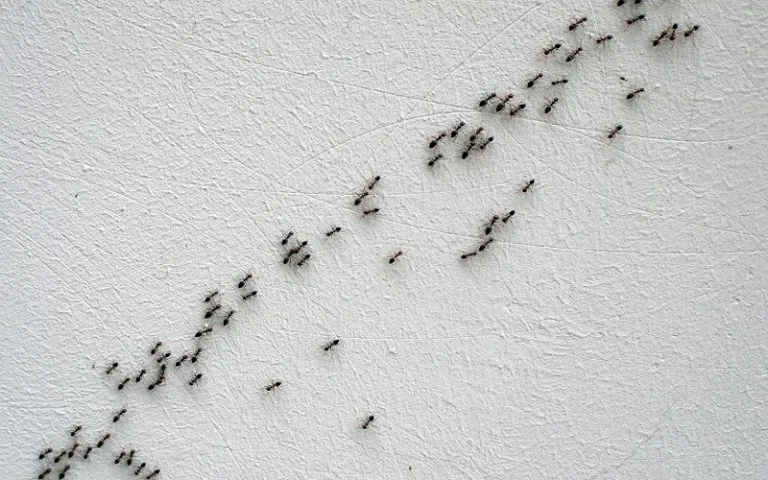
Physical barriers can be created using various materials. Applying a thin layer of petroleum jelly around the edges of the enclosure or on the legs of the enclosure can prevent ants from climbing. Double-sided tape can also be used to create a sticky barrier that ants cannot cross. For more elaborate setups, you can use ant moats, which are containers filled with water that the enclosure sits in, effectively creating a moat that ants cannot cross. Regularly inspect the barriers to ensure they are intact and functioning correctly.
Employing Natural Repellents
Natural repellents can be used to deter ants from entering the tarantula’s habitat. Essential oils such as peppermint, tea tree, and cinnamon are known to repel ants. You can create a repellent spray by diluting a few drops of the essential oil in water and spraying it around the enclosure. Diatomaceous earth, a fine powder made from fossilized algae, can also be used as a natural repellent. Sprinkle it around the enclosure to create a barrier that ants will avoid. Always use natural repellents with caution and ensure they are safe for your tarantula. Avoid spraying anything directly onto your spider.
Maintaining a Clean Habitat
Maintaining a clean habitat is essential for preventing ant infestations. Ants are attracted to food and water, so removing these resources will make your tarantula’s enclosure less appealing to them. This includes regular cleaning and inspection of the enclosure, especially around feeding and water areas. Good hygiene and proper cleaning protocols will reduce the chances of attracting pests, as well as contributing to the overall health of your tarantula.
Food and Water Management
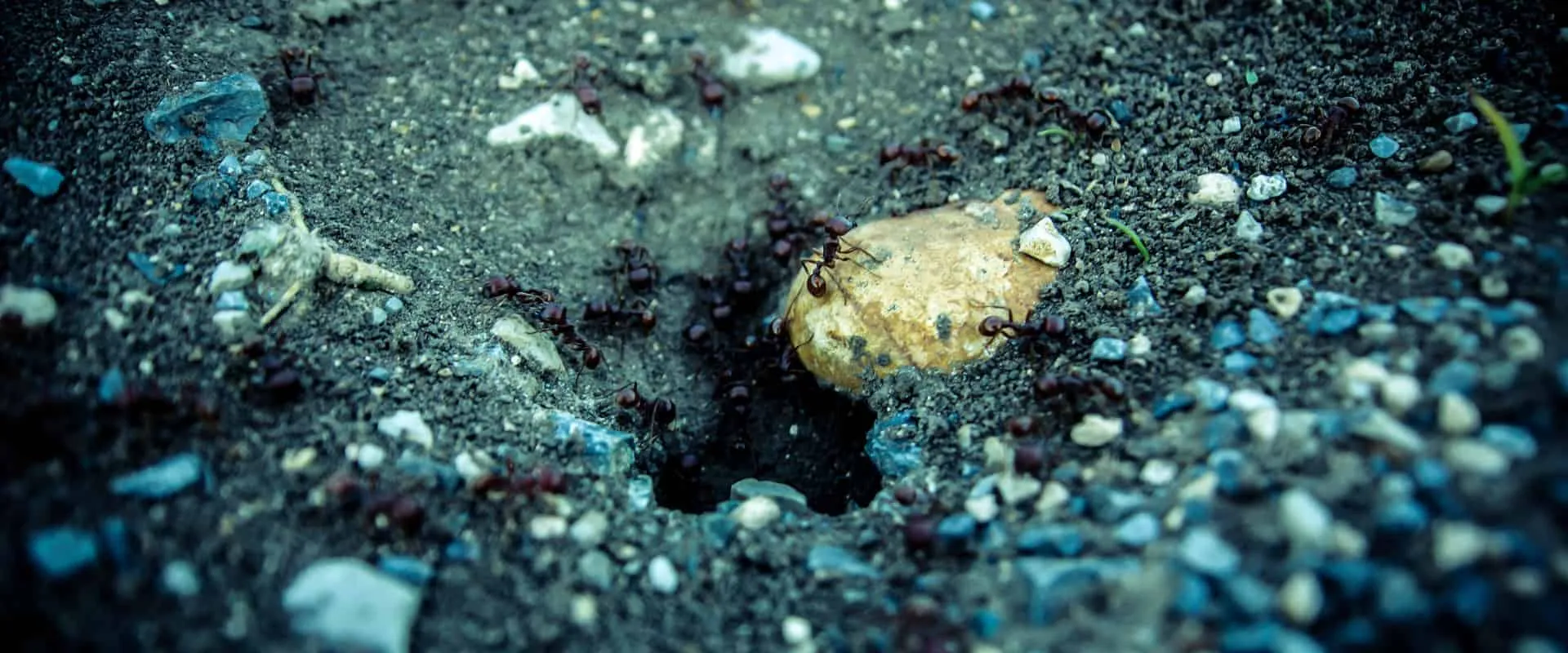
Remove uneaten food and any food debris promptly. Leftover prey will attract ants, so it’s essential to remove it before it spoils. Provide water in a shallow dish or using a water gel. Regularly clean and replace the water source to prevent contamination. These simple steps can significantly reduce the risk of attracting ants to your tarantula’s habitat. Regularly replace the water source to ensure it is clean and free of ant contaminants.
Regular Cleaning and Inspection
Regularly clean and inspect the tarantula’s enclosure. Remove any waste or debris, and clean the substrate as needed. During cleaning, inspect the enclosure carefully for any signs of ant activity. Check the corners, under decorations, and around the water and food dishes. Regular cleaning and inspections help identify and address any potential issues before they become major problems. Use appropriate cleaning solutions and avoid harsh chemicals that could harm your tarantula.
Dealing with Existing Ant Problems
If you discover an ant infestation in your tarantula’s habitat, it’s important to act quickly and effectively. The first step is to identify the ant species. Then, you can choose the most appropriate removal methods. It’s important to choose safe and effective methods to protect your tarantula from harm. This includes safe removal methods, such as non-toxic insecticides. If the infestation is severe, don’t hesitate to seek professional assistance from a pest control service.
Identifying the Ant Species
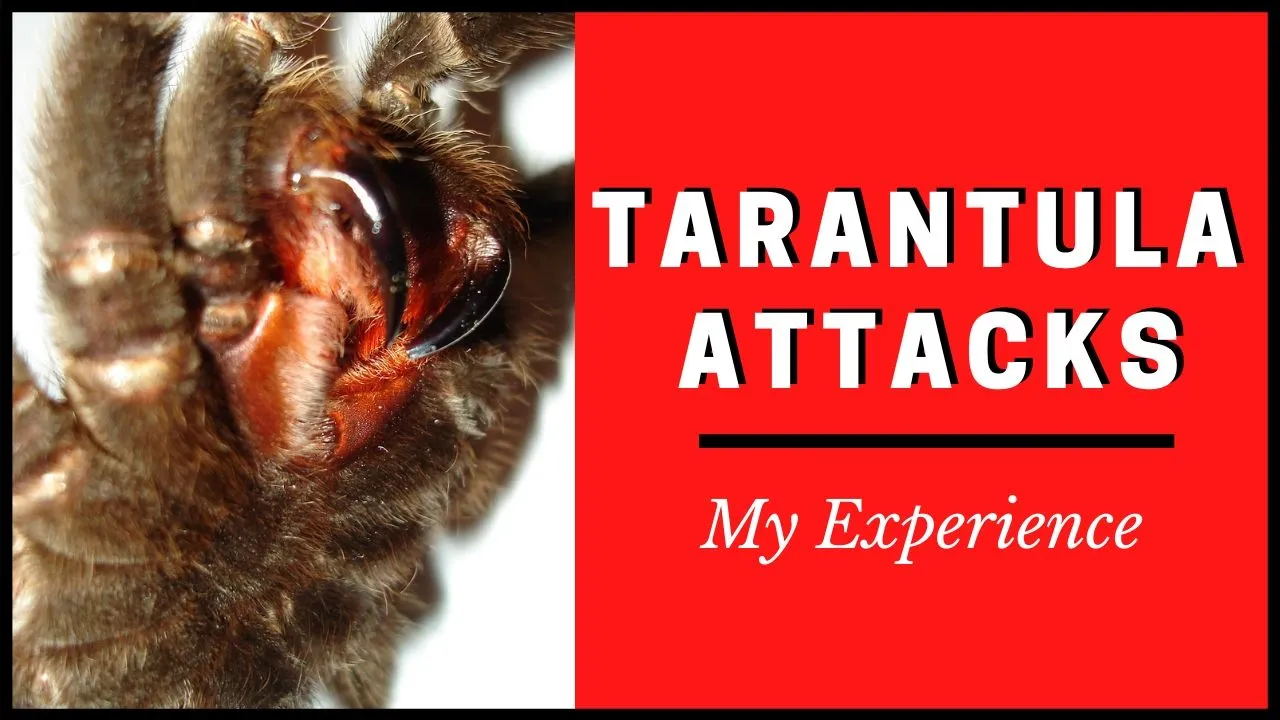
Identifying the specific species of ant is crucial for choosing the most effective control methods. Different ant species have different behaviors and vulnerabilities. Observe the ants closely to note their size, color, and any unique characteristics. You can also consult online resources or pest control experts to help identify the species. Knowing the species allows you to select the most appropriate removal methods and ensure that you are addressing the problem effectively.
Safe Removal Methods
When dealing with an ant infestation, prioritize the safety of your tarantula. Avoid using any harsh chemicals or insecticides that could harm the spider. A variety of non-toxic methods can be employed to remove ants. Physical removal methods, such as vacuuming or trapping, can be used to remove ants from the enclosure. Make sure that the vacuum is equipped with a filter and that the enclosure is thoroughly checked to ensure no ants remain. If the infestation is extensive, consider using non-toxic insecticides. Diatomaceous earth can be sprinkled around the enclosure to act as a barrier.
Non-toxic Insecticides
If non-toxic methods prove insufficient, you may consider using non-toxic insecticides specifically designed for ant control. Make sure to choose products that are safe for use around pets and follow the manufacturer’s instructions carefully. Apply the insecticide only to the areas where ants are present, and avoid spraying directly on the tarantula or its enclosure. Allow the insecticide to dry completely before reintroducing the tarantula to its habitat. Always prioritize the safety of your tarantula by choosing the least toxic option and using it responsibly.
Professional Assistance
For severe or persistent ant infestations, don’t hesitate to seek professional assistance from a pest control service. Professional exterminators have the experience and expertise to identify the ant species, locate the source of the infestation, and implement effective control measures. They can also provide advice on long-term prevention strategies. While it might seem like an added expense, professional help can save you time, stress, and potentially prevent further damage to your tarantula’s habitat and the health of your pet. Make sure to choose a pest control service that has experience dealing with tarantula habitats and can guarantee the safety of your spider.
Long-Term Prevention and Care
Preventing ant infestations requires a long-term commitment to maintaining a clean, secure, and healthy environment for your tarantula. Regular monitoring and maintenance are key to early detection and preventing future problems. It is also important to quarantine new arrivals and educate yourself on ant behavior. Implementing these strategies will help ensure the long-term health and well-being of your tarantula, allowing you to enjoy the fascinating experience of owning this unique pet.
Regular Monitoring and Maintenance
Make regular monitoring and maintenance a part of your routine to prevent ant infestations. Inspect the enclosure regularly for any signs of ant activity, such as trails, debris, or the presence of ants. Clean the enclosure frequently, removing any uneaten food, waste, or other potential attractants. Ensure that the enclosure is properly sealed and that any physical barriers are in good condition. Regularly checking and maintaining the habitat will help ensure that it remains ant-free and safe for your tarantula.
Quarantine New Arrivals
When introducing a new tarantula to your collection, it is crucial to quarantine it to prevent the introduction of ants or other pests. Keep the new arrival in a separate enclosure, away from your existing tarantulas, for a period of time. This allows you to observe the new tarantula and ensure that it is healthy and free of any pests. During quarantine, inspect the enclosure regularly for signs of ants or other unwanted guests. Quarantine is also an excellent way to observe and prevent any potential issues before they can affect your other spiders.
Educating Yourself on Ant Behavior
Educate yourself on the behavior of ants and the factors that attract them. Understanding ant behavior will help you identify potential problems and implement effective prevention strategies. Learn about the different ant species common in your area and their preferred food sources. Knowing what attracts ants will help you eliminate those factors from your tarantula’s environment. Learning about ant behavior is a continuous process. The more you know, the better equipped you will be to protect your tarantula from these persistent pests.
In conclusion, ants pose a significant threat to tarantulas, potentially causing harm and disrupting their habitat. By understanding the conflict between ants and tarantulas and implementing preventative measures, you can protect your spider from these dangers. Regular cleaning, creating barriers, and acting promptly when an infestation is detected are key to keeping your tarantula safe. By taking these steps, you can ensure the health and happiness of your tarantula and enjoy the fascinating experience of owning this unique pet.
